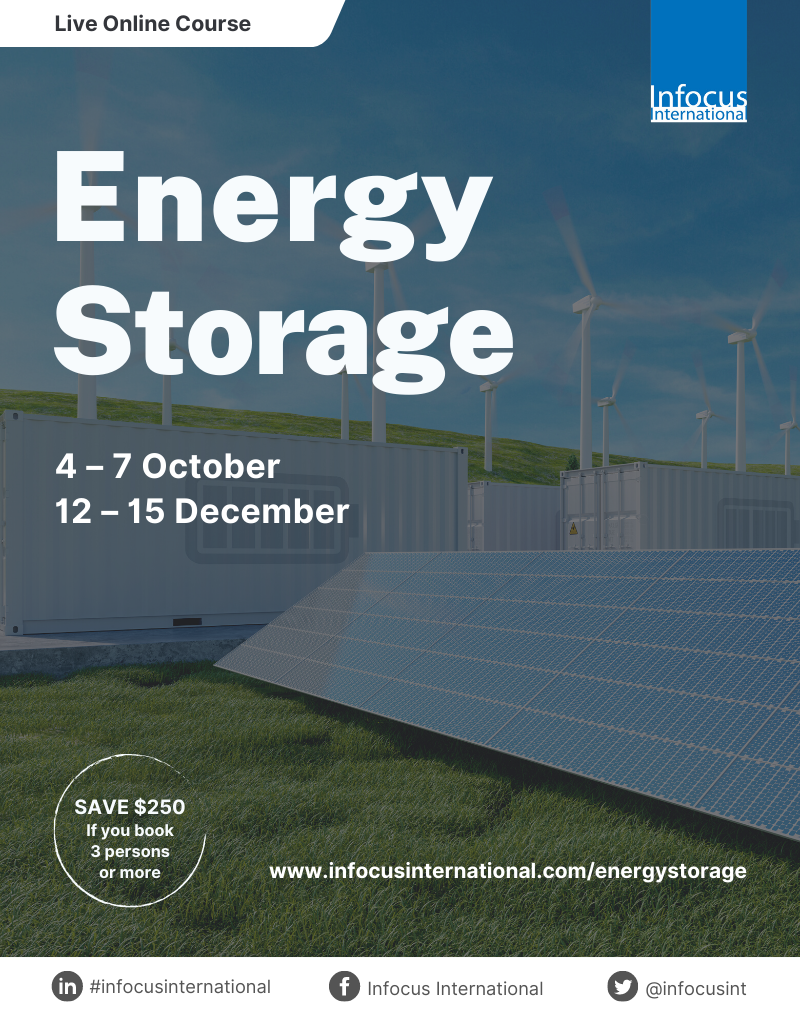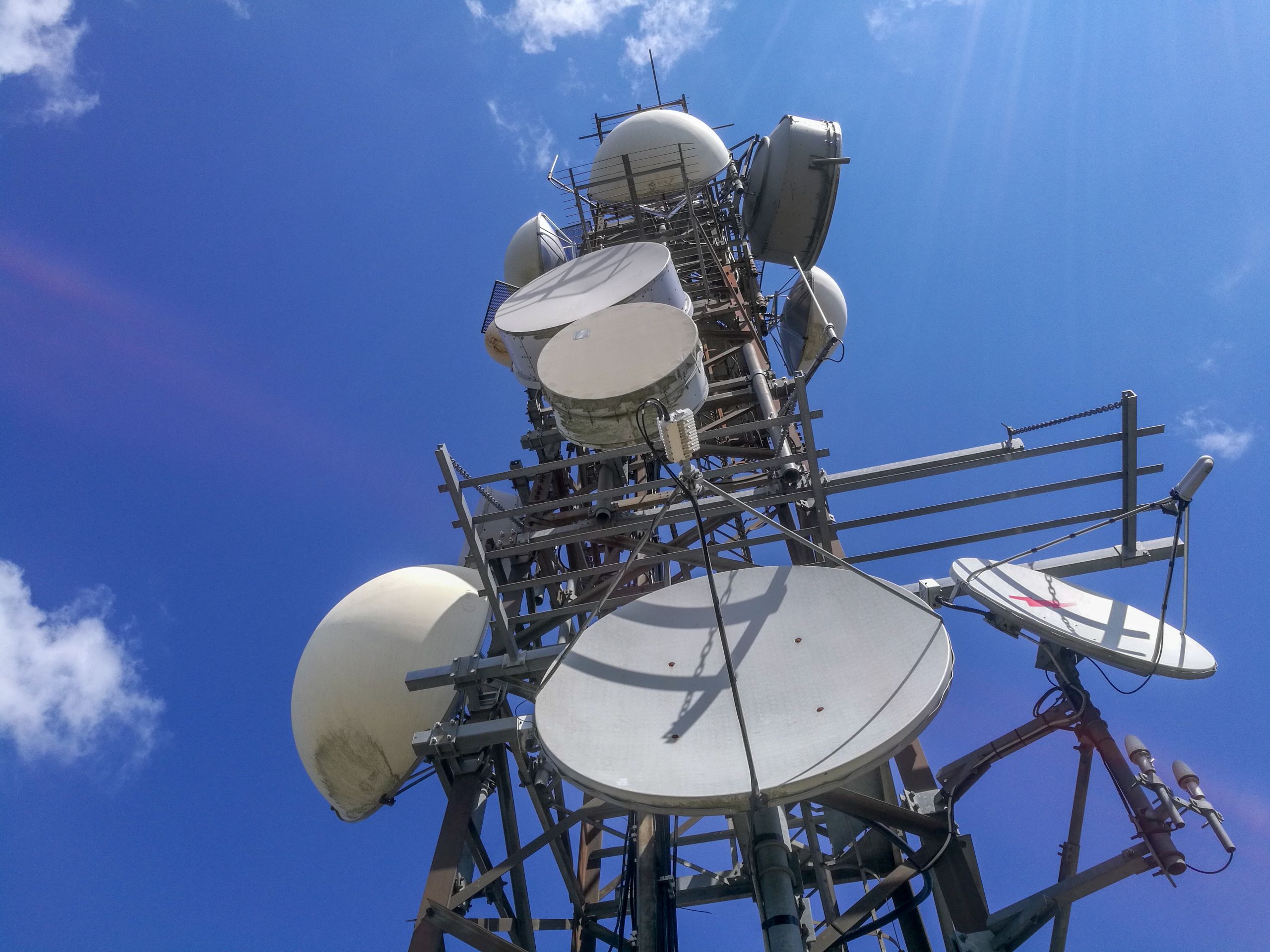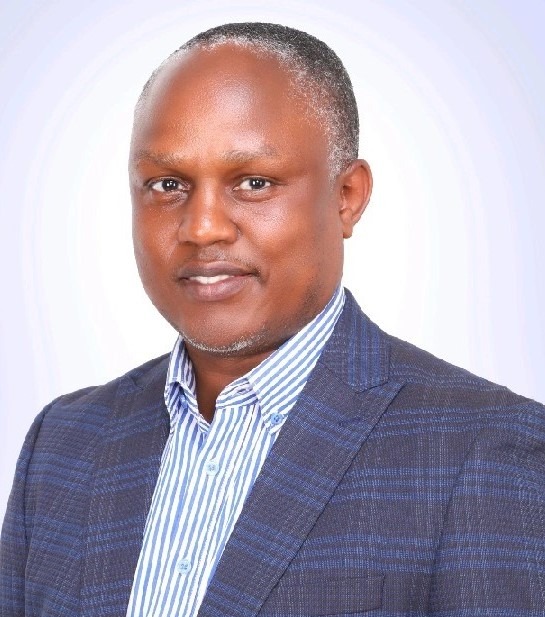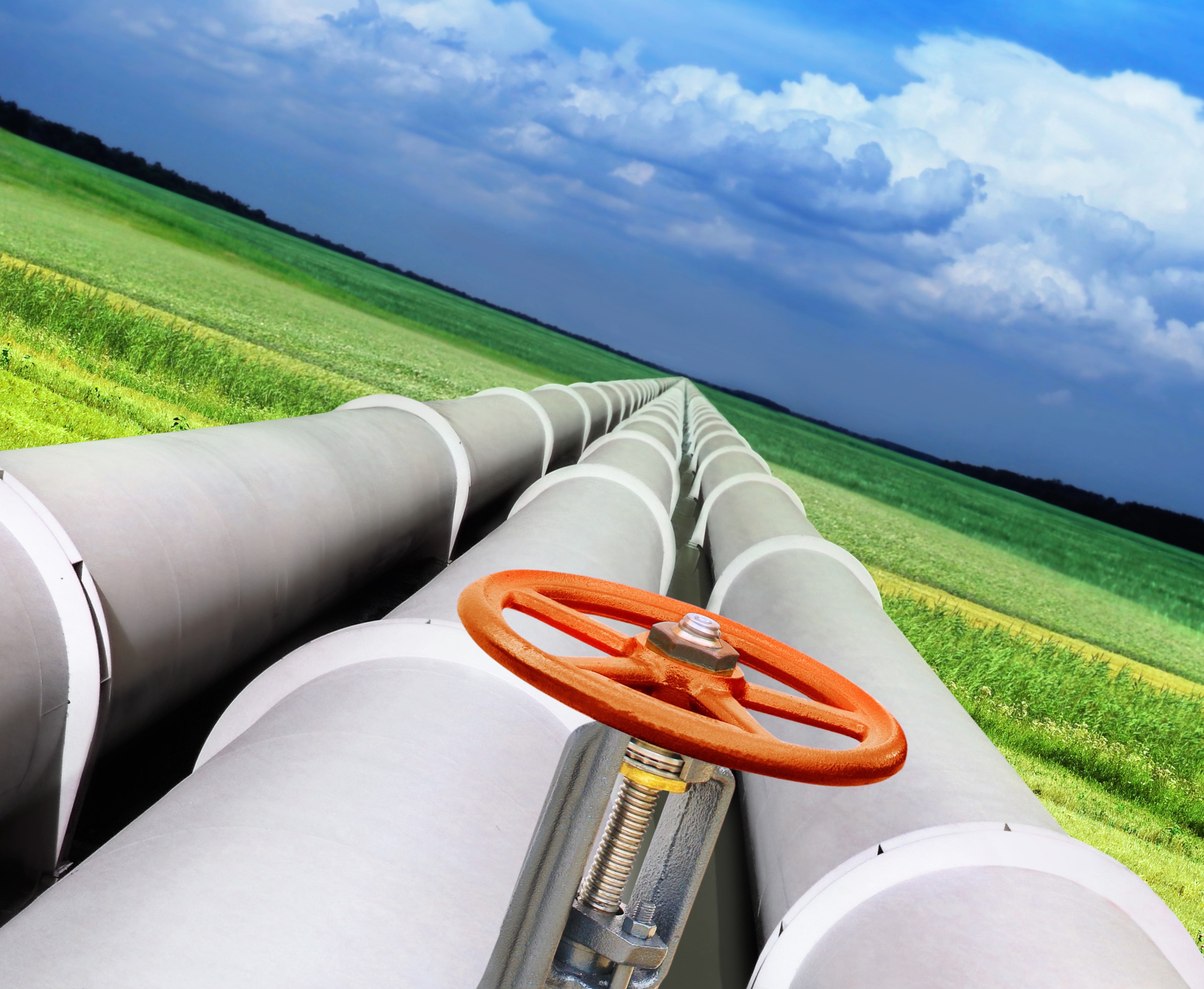The infrastructure sub-sector is the biggest winner of the national budget 2015/2016, just released by the Government of Uganda. Out of Ushs 23.9 trillion (about US$ 7.9 billion) expected to be spent by the government during the financial year, infrastructure takes about 8 trillion (about US$2.6 billion). The key infrastructure areas that will be funded by the budget include: roads, electricity, railways, water & sanitation, lands, housing & urban planning, information, communication technology (ICT), industry & manufacturing.
Matia Kasaija, Uganda’s Minister of Finance, Planning & Economic Development, said during the reading of the national budget June 1th, that, “The competitiveness of the private sector remains constrained by infrastructure gaps due to unreliable electricity and an inadequate rail and road network. These are some of the immediate challenges that the budget is expected to address.”
The road sector with an allocation of Ushs 3.3 trillion is the biggest spend. It is expected that this investment in the road sector will see 400km of roads upgraded from gravel to tarmac; 250km of old paved roads reconstructed and rehabilitated; 3000km of paved roads put under routine mechanized maintenance; 12,500km of unpaved roads under routine mechanized maintenance; and periodic maintenance on 2000km of unpaved roads.
According to Kasaija, some of the roads expected to be completed (newly tarmacked or repaired) in the financial year 2015/16 include: Ishaka – Kagamba (35km); Moroto – Nakapiripit (92km); Atiak – Nimule (35km); Kamwenge-Fort Portal (65km); Rwentobo – Kabale – Katuna road (65km); Kafu – Kiryandongo (43km); and Kabale Town road (2.3km); Masaka – Nyendo (8km); Bundibugyo Town roads (6km); Maracha and Koboko town roads (6.9km); Mvara – Ediofe Cathedral road in Arua Municipality (10.1km); Seeta – Namugongo (7.2km), Kyaliwajala-Kira (3.5km), Naalya-Kyaliwajala (2.5km), Namugongo Ring road (1.8km) and Shrine Access (1.8km) and Nakasongola road (2km).
The other high spend in the infrastructure is energy. According to Kasaija, “the Governments’ medium term goal is to address the high energy costs and unreliable power supply faced by consumers especially those engaged in production.”
Information available from the Ministry of Energy & Mineral Development shows that Uganda’s electricity generation capacity has increased from 595MW in 2011 to 851.53 MW in 2014. This capacity includes: Nalubale hydro dam (180MW), Kiira hydro dam (200MW), Bujagali hydro dam (250MW), Electromaxx-thermal (50MW), Jacobsen-thermal (50MW), Kakira- sugar molasses (50MW) and KCCL-cobalt (9MW). Other small hydro stations include Kinyara (5MW), Mubuku (5MW), Ishasha (6.5MW), Mpanga (18MW), Bugoye (13MW), Kabalega (9MW), Nyagak 1 (3.5MW), Kisiizi (0.35MW), Kuluva (0.12MW), Kagaodo (2MW) and off grid thermal plants (2MW).
With this financial year’s allocation of Ushs 2.8 trillion (US$ 934 million), the government expects to fast-track the construction of Karuma Hydropower Project (600MW); Isimba hydro power project (183MW), other mini-hydro power projects such as Muzizi HPP, at least Five Small Hydropower plants (Nyamwamba-9.2MW, Siti 1 – 5MW, Waki – 5MW, Rwimi – 5.4MW, Kikagati 16MW and Nengo Bridge-7.5MW) as well as construction of transmission lines under the Rural Electrification Programme.
Under the same budget, the oil & gas sector will benefit through land acquisition for the proposed oil refinery at Kabaale in Hoima, engineering studies for the Oil Refinery, infrastructure development for the commercialization of oil, including the development of an airport near the Oil Refinery project site. The government, according to Kasaija, also plans to spend on continued exploration and production of oil and other valuable minerals such as Iron Ore and Phosphates.
Currently employing nearly 1.5 million people and generating Ushs 450 billion to the economy, the ICT sector received 1 per cent of the budget. It is expected that government will now spend on key ICT priorities including; completion of the third phase of the National Backbone Infrastructure (NBI), connecting more Ministries Departments Agencies of government to the National Backbone Infrastructure to reduce the cost of internet connectivity and promote e-Government. It will also work towards strengthening the legal and institutional framework for ICT use and IT information security in the country; establishment of a fully integrated one stop centre for investment linking the National Identity Card System, the Integrated Financial Management System, Government Payroll System, (IPPS) and Computerized Education Management System (CEMAS), among other interventions.
Water and sanitation, Lands, Housing & Urban Planning as well as industry are the other high spends in the budget.









